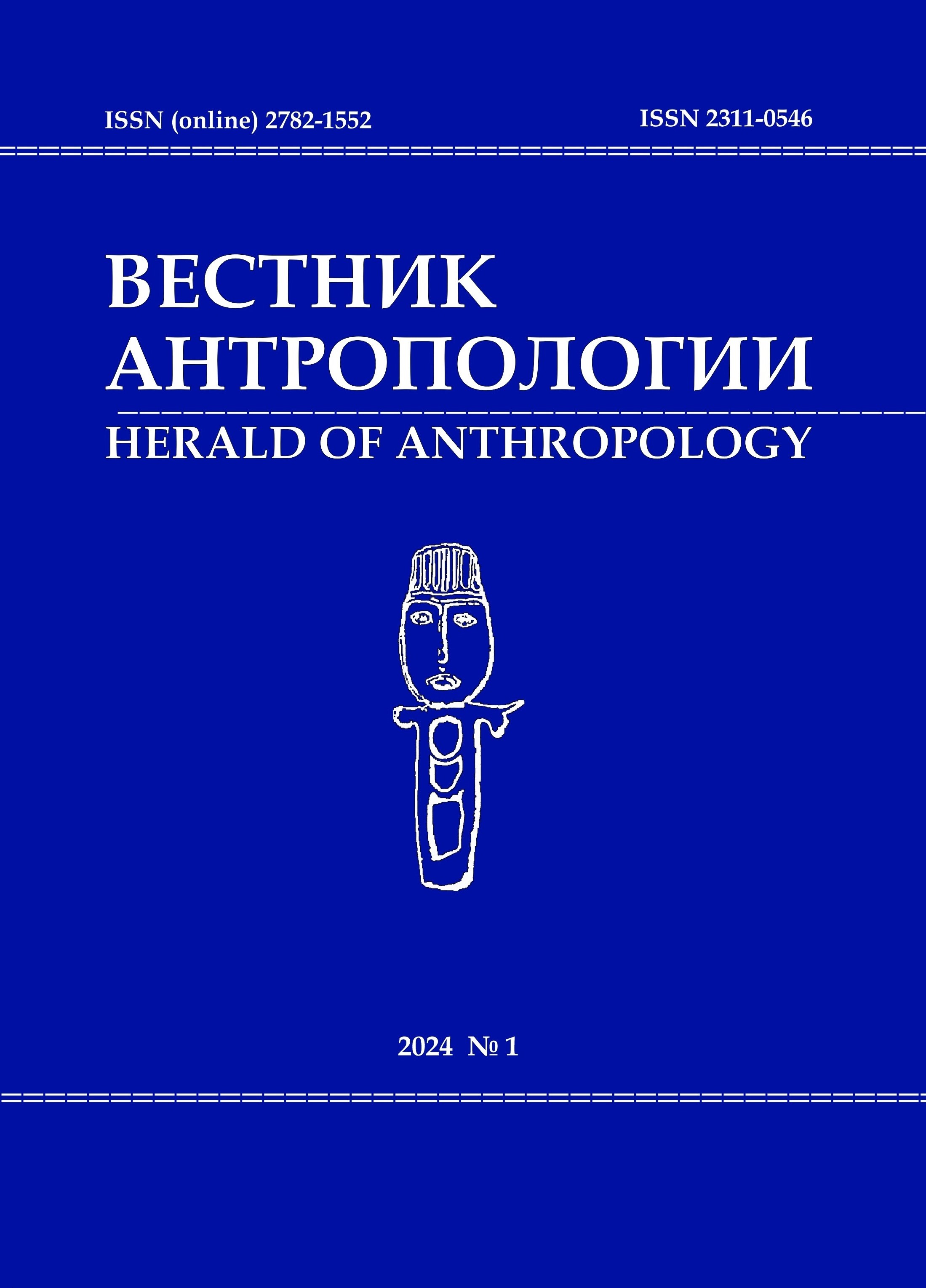Dance as a Memory. The Case of Ireland
10.33876/2311-0546/2024-1/71-88
Keywords:
memory, Irish dance, tradition, actualization of the pastAbstract
Since memory itself is a complex phenomenon and all its diversity is inherent to humankind, this research is going to focus on dance as a way of its transmission. The objective of this paper is to show that dance can also serve as a means of conveying memory of the past. The latter can be transmitted to the next generation in the form of a choreographic performance, becoming a kind of living lesson of history, which is also embodies. This resonates with the idea of Paul Connerton (1989) that images of the past are memorized through ritual performances that are «stored» in the body’s memory. At the same time, dance, due to the freedom of artistic interpretation, becomes an effective method of living and experiencing the past. Among the key factors significant for the Irish context two main groups of events can be identified. The events of the first group are of the political and national level: the experience of the Great Famine, the massive emigration of the mid-19th century, the years of the British occupation, the influence of Catholic doctrines on all spheres of life (including recreational). The historical traumatic experiences of the past also leave an imprint on a seemingly unrelated dance culture, and sometimes become a consolidating factor for the Irish themselves. The second group consists of events dancing history itself. However, on closer examination all of them prove to be the products of certain historical eras. At the same time, dance, thanks to the freedom of artistic interpretation, becomes an effective method of living and experiencing the past. The analysis of modern artistic interpretations of events of the past in the form of choreographic productions is also a method of their actualization.





















